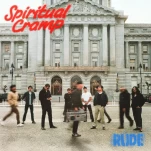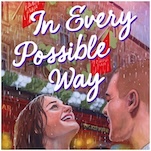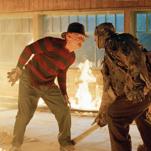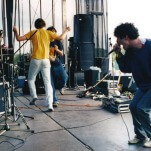David Wain on Wet Hot American Summer: First Day of Camp
Main photo by Larry Busacca / Getty ImagesIf it feels like you can’t look at the internet without seeing something about Wet Hot American Summer right now, that’s because the new prequel series First Day of Camp came out on Netflix today. The eight episode miniseries is a long, loving return to the gleeful absurdity of the movie, which failed at the box office in 2001 but forged an enduring bond with a devoted fanbase. A big part of the movie’s mystique is how many of its actors went on to become big stars over the last 15 years, including Bradley Cooper, Amy Poehler, Paul Rudd and Elizabeth Banks. For comedy fans, though, it stands out as the first film from director and co-writer David Wain, the former member of The State who went on to direct Role Models and They Came Together and co-develop Childrens Hospital. We recently talked to Wain about the new series, working with Netflix and Wet Hot American Summer’s amazing cast. And if you want to read our reviews of Wet Hot American Summer: First Day of Camp, you can find a season overview here and the first of our episodic reviews here.
Paste: How did it wind up on Netflix? And as a series, instead of another movie?
David Wain: We had always thought about doing some kind of follow-up to the film and we were always excited about bringing the group back together. The first thought was to do another feature, but as we started developing this prequel story we realized pretty quickly that we had a lot more characters and material that we wanted to get into than we had time for with a feature film. As we looked around we realized there’s this other new emerging medium, the Netflix show, which is for my money kind of the best of both worlds between movie and TV in almost every way. So we started thinking about it in that way and it’s been a real great experience to do it that way.
-

-

-

-

-

-

-

-

-

-

-

-

-

-

-

-

-

-

-

-

-

-

-

-

-

-

-

-

-

-

-

-

-

-

-

-

-

-

-

-








































